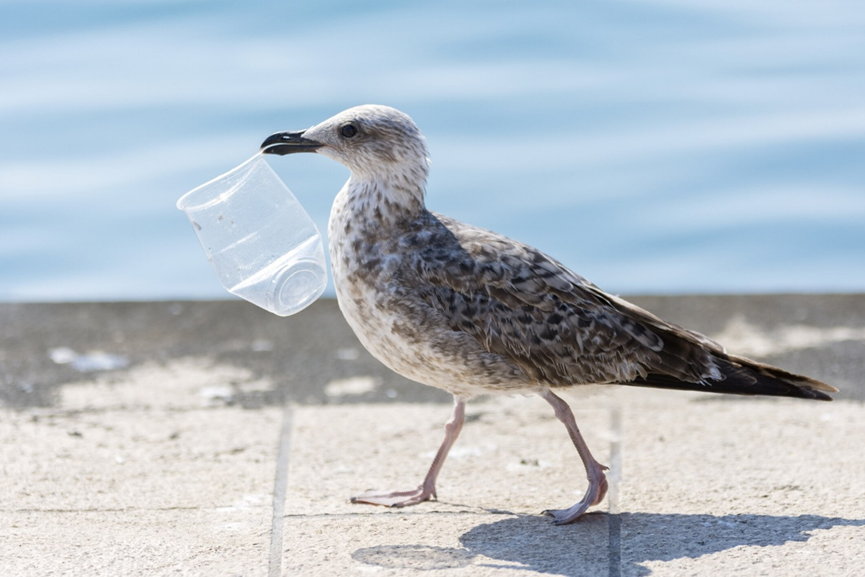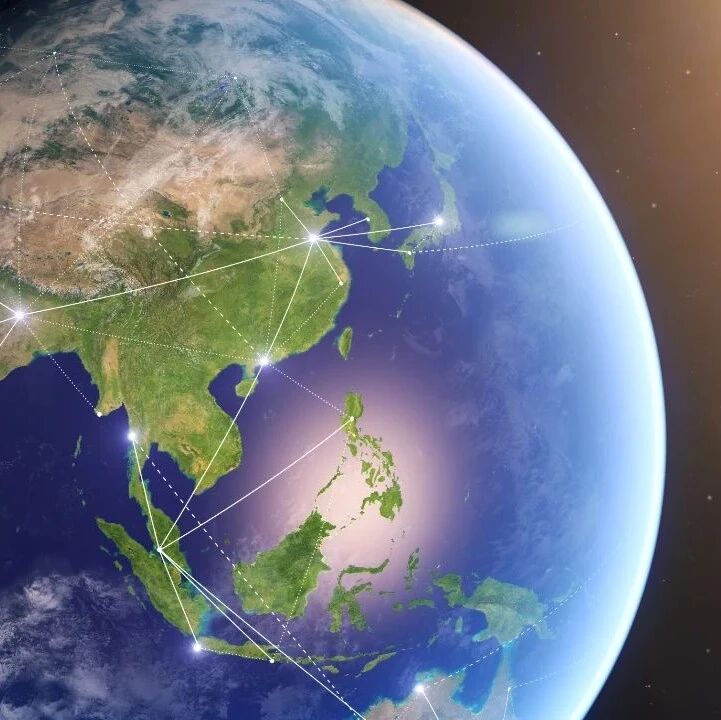

:Getty Images/iStockphoto/Robert Pleško
Elizabeth Mills
,,
,
,,
,,————
:,;();
,,,
,,,
————,100010000,(WWF),1970202073%,,550——235
,——,,,“”:1000,8000
,,,,,
:,(),,,,,
,?,,,?“”
“”
,,,,,
(),,“”——————
,,
Strengthen protection efforts
Animal behavior studies have yet to be fully integrated into conservation efforts. Gaining a deeper understanding of why animals socialize or hunt at different times of the day, or why they seek out varied habitats—and recognizing the new challenges they may encounter (such as competitors, predators, or even pathogens)—can help develop more effective conservation strategies.
Similarly, gathering more data and adjusting protective technologies accordingly will help deepen our understanding of ecosystem functions. In turn, this provides us with the answers we need.
Thanks to a deeper understanding of the monarch butterfly's reproductive and survival needs, the species' steep population decline since the 1990s appears to have been halted. Adventure Scientists, an environmental organization based in the United States, recently used motion-sensing wildlife cameras to confirm shifts in habitat use by the coastal Pacific marten within Washington State's Olympic National Forest. Although sightings have become less frequent, the cameras revealed that the marten population hasn’t actually declined—instead, it has simply migrated to higher, more remote areas.
Animal behavior can also offer insights into human adaptation. Biomimicry draws inspiration from nature to guide the design of new products, architecture, and even entire ecosystems. This practice is growing in popularity, and humans can certainly learn from the behaviors and adaptive strategies of animals as well.
Living amidst change, it’s easy to forget that humans, as mammals, are also an integral part of this ever-evolving world. In fact, it is our own activities that have accelerated the planet’s rapid degradation. Today, our responsibility is to listen more attentively to what animals and their ecosystems are trying to tell us—messages that urge us to act—and strive to reverse the most severe impacts of these changes. And when reversal isn’t possible, we must find ways to help animals adapt and ultimately survive.

The above content solely represents the author's personal views.This article is translated from the World Economic Forum's Agenda blog; the Chinese version is for reference purposes only.Feel free to share this in your WeChat Moments; please leave a comment at the end of the post or on our official account if you’d like to republish.
Translated by: Sun Qian | Edited by: Wang Can
The World Economic Forum is an independent and neutral platform dedicated to bringing together diverse perspectives to discuss critical global, regional, and industry-specific issues.
Follow us on Weibo, WeChat Video Channels, Douyin, and Xiaohongshu!
"World Economic Forum"


